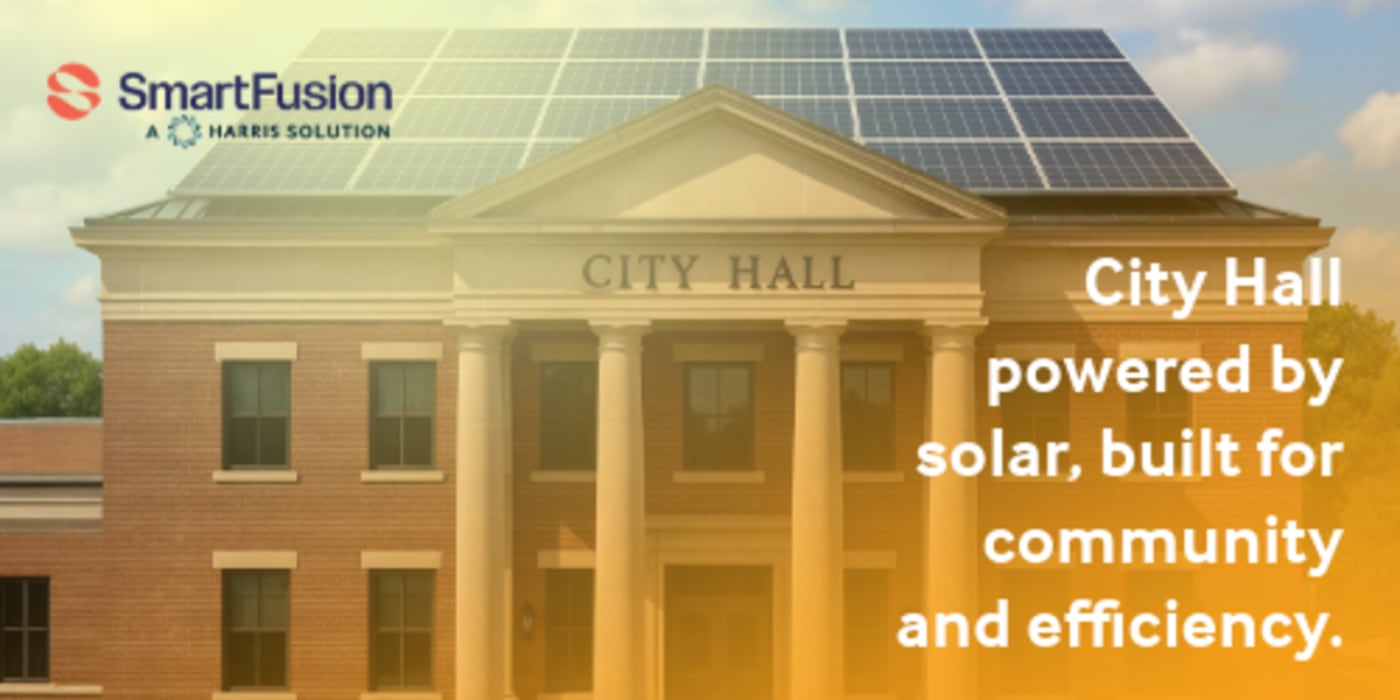Back to Resources
More Than Panels: How Local Government Can Make Solar Energy Work Harder
Blog
October 22, 2025

More Than Panels: How Local Governments Can Make Solar Energy Work Harder
Based on: Governing.com – More Than Just Panels
Local governments are finding practical ways to cut energy costs and strengthen their infrastructure by turning to on-site solar energy. What starts with putting panels on a rooftop or above a parking lot can become a much bigger opportunity if handled with the right strategy.
More Than Just Equipment
Installing solar panels helps lower electricity bills. But when cities and counties combine solar with other energy improvements, the results are more effective. Things like switching to LED lighting, upgrading heating and cooling systems, and using automated building controls can reduce energy use even more. This means fewer panels are needed to meet demand and long-term savings can be higher.
Staying Operational During Outages
Power failures from storms or high demand are becoming more frequent. By adding battery storage or microgrid controls, public buildings can keep functioning when the main power grid is down. Fire stations, police departments, emergency shelters and hospitals can stay open and serve residents when it matters most.
Savings That Serve the Community
Solar systems typically last over 20 years and need minimal maintenance. Over time, the savings from lower utility bills can be significant. Some local governments also earn credit through net metering, where excess solar energy is sent back to the grid.
These savings are often reinvested in the community. That could mean putting money into schools, maintenance projects, better equipment, more staff or even expanding public services.
Insight from SmartFusion
Yolanda Bailey, Sales Executive at SmartFusion, shared her view on the growing trend:
“Local and state governments are increasingly investing in on-site solar energy projects due to their long-term cost savings, environmental benefits, and available incentives. To maximize the impact, public organizations are encouraged to design solar solutions that integrate with energy-efficient upgrades, emergency preparedness systems, and revenue-generating strategies. These initiatives not only cut energy costs but also allow communities to reinvest savings into critical infrastructure, sustainability goals, economic development, and improved public services.”
Yolanda’s comment reflects what many in public service already recognize: thoughtful planning can turn solar energy into something that works for the entire community.
Final Thoughts
Solar energy is not just about adding panels. It is about reshaping how public buildings use and manage energy. With smart planning and the right mix of improvements, local governments can make decisions that pay off for decades. When the savings go back into the community, everyone benefits. Whether the goal is to lower costs, improve services or prepare for emergencies, on-site solar can be part of a practical solution that supports long-term progress.
